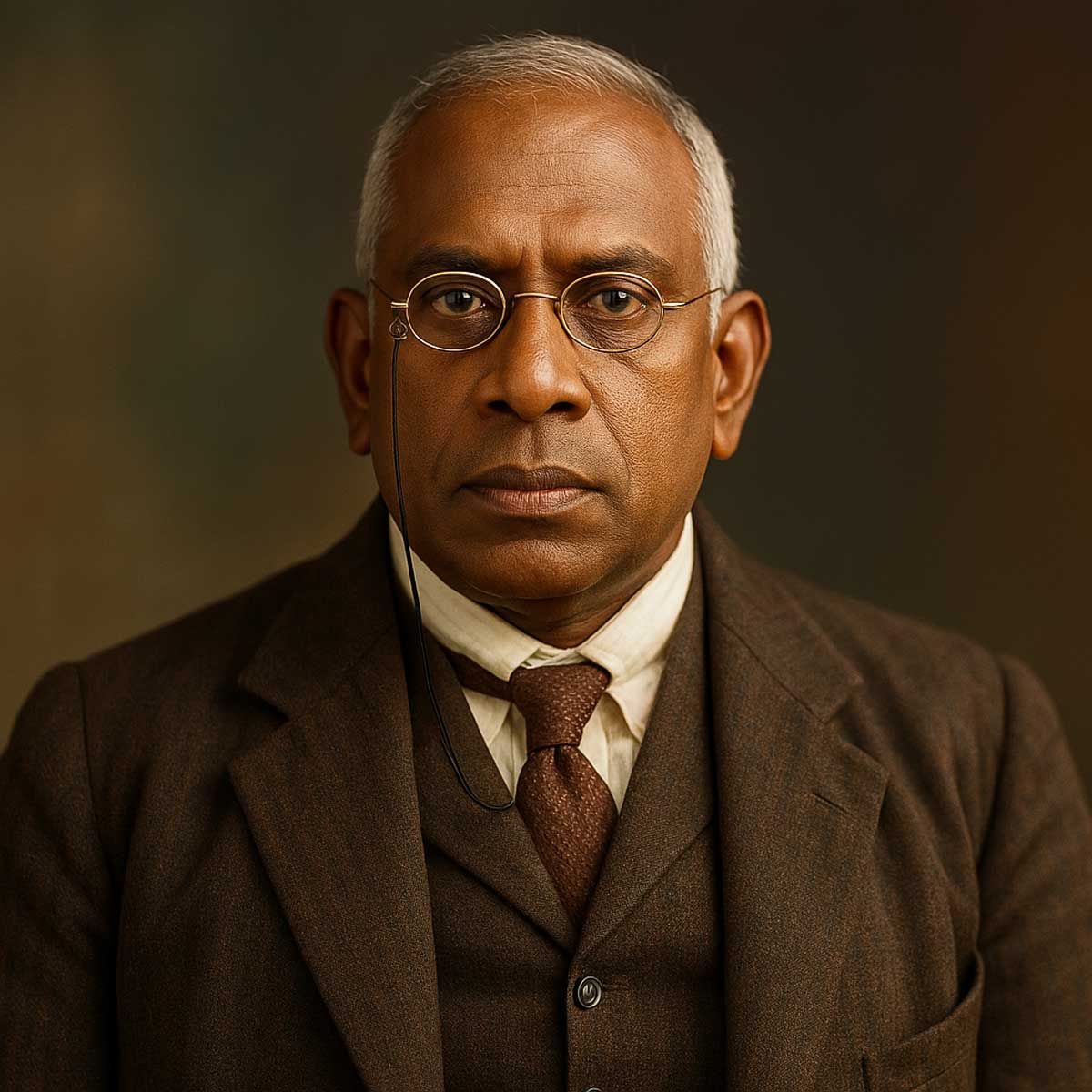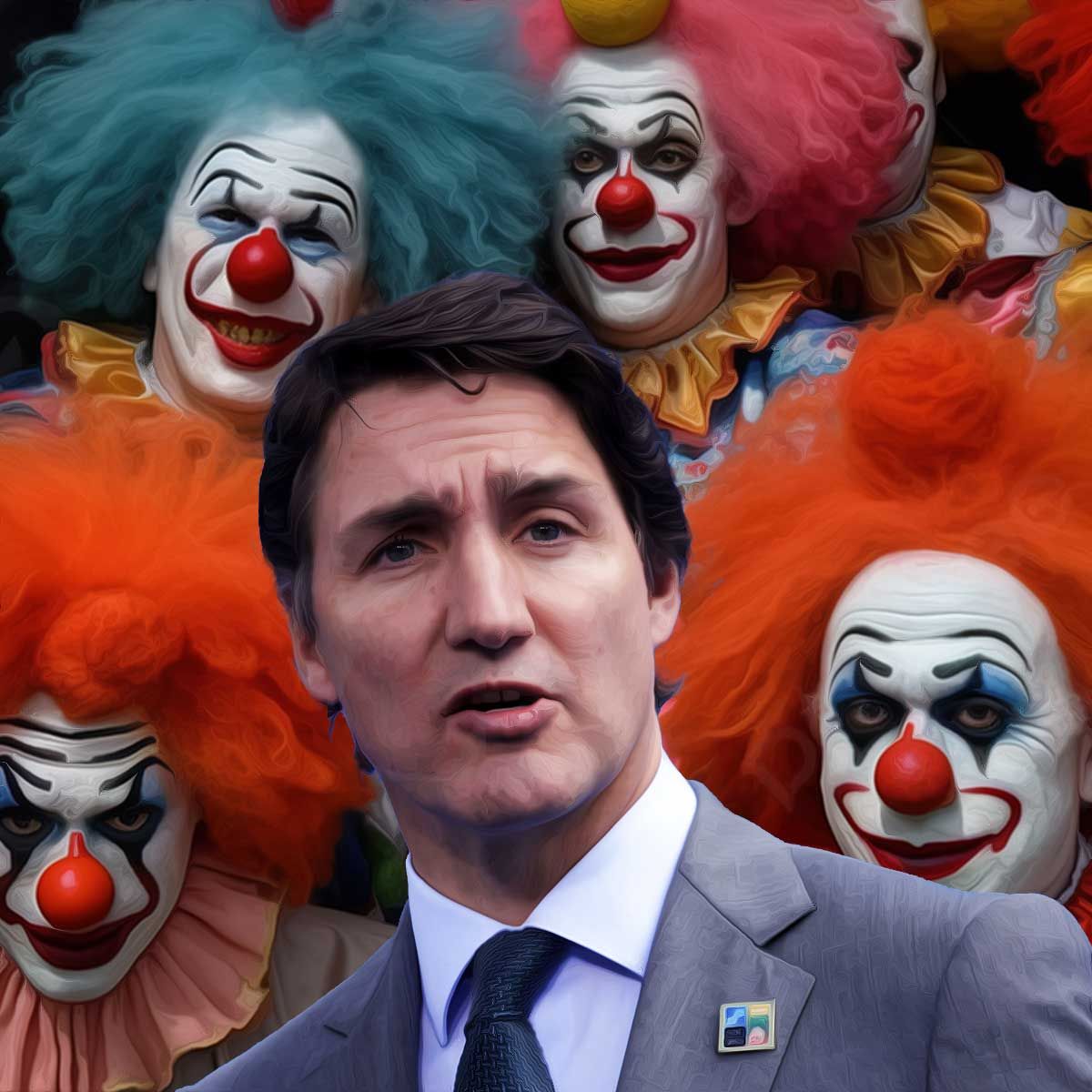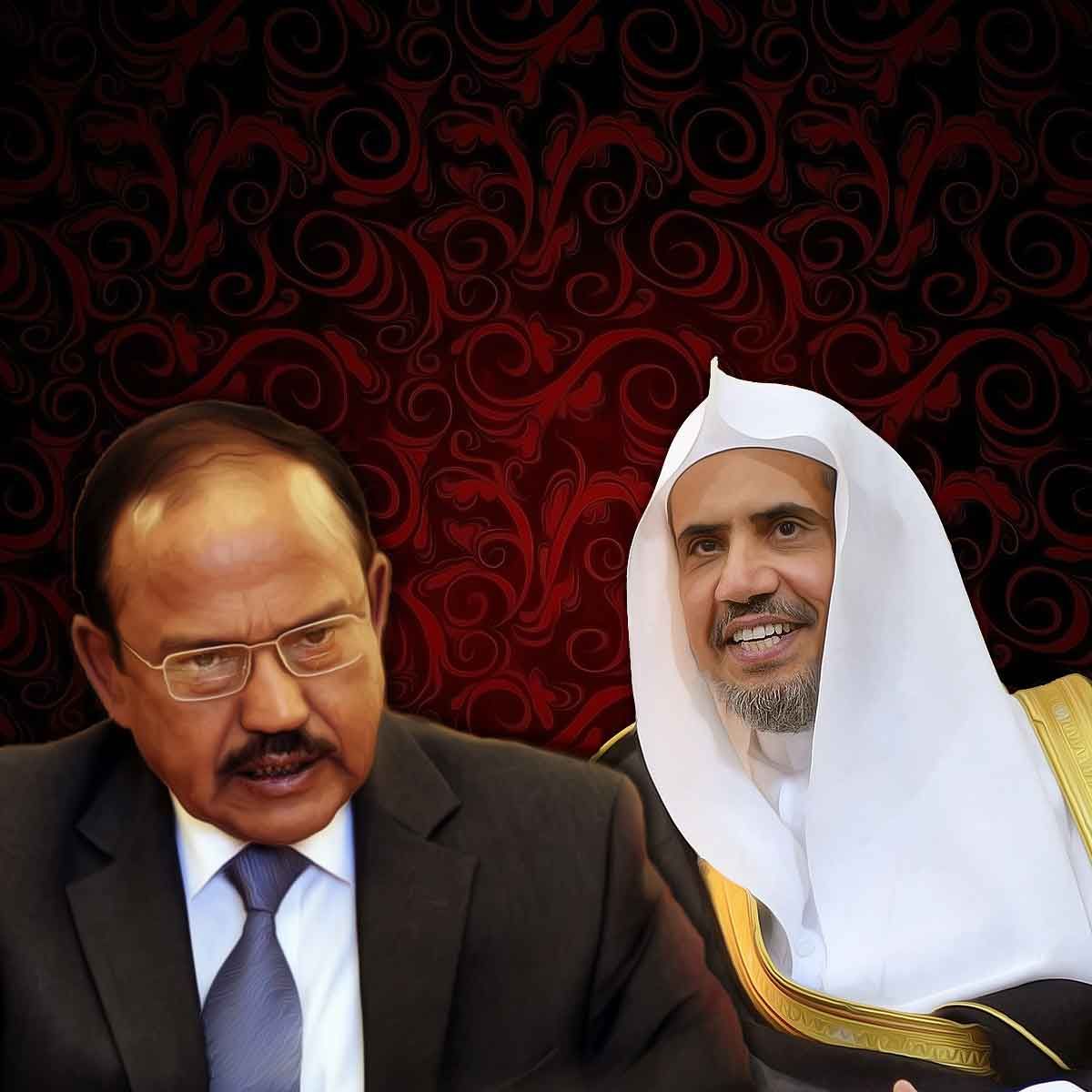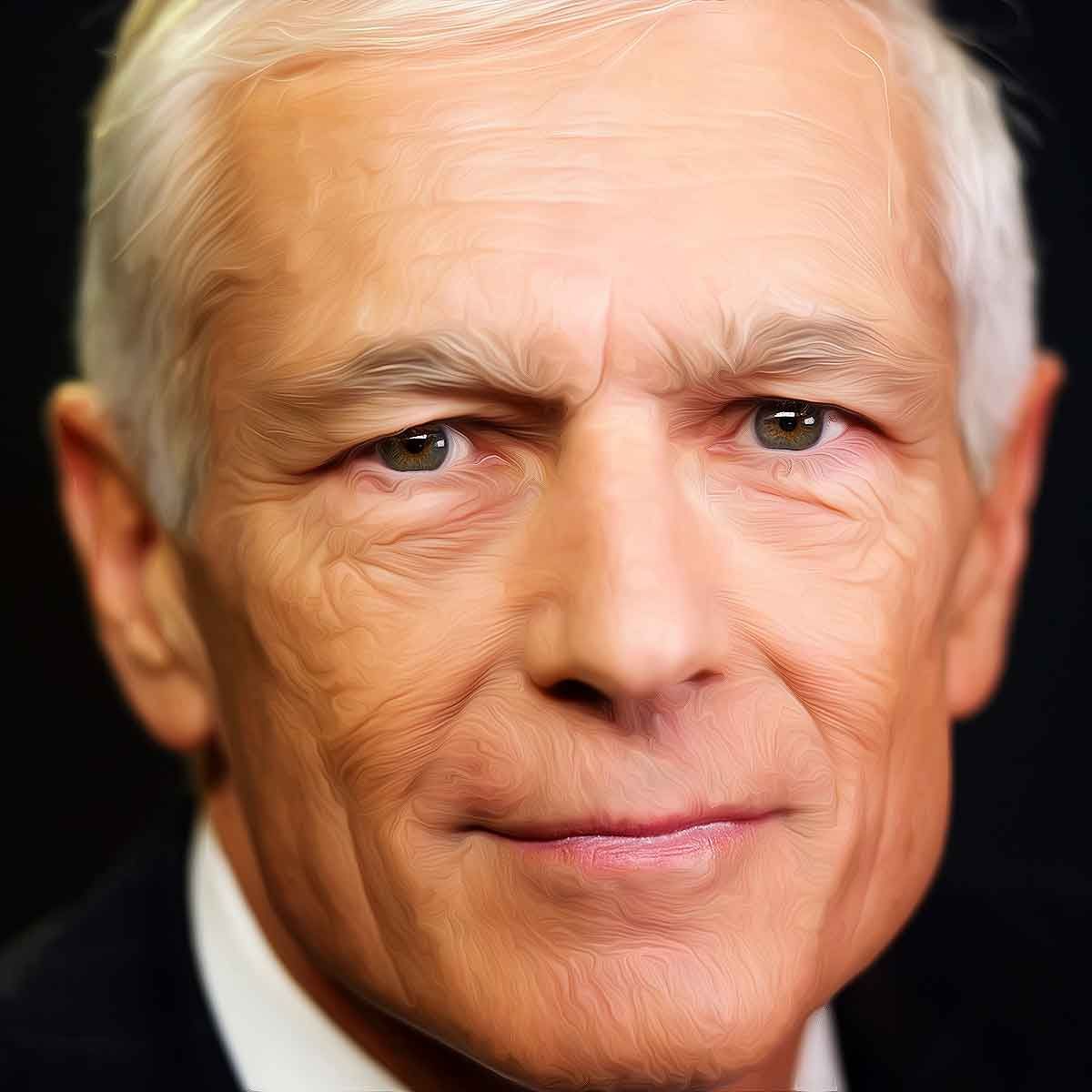MORE COVERAGE
Twitter Coverage
Satyaagrah
Written on
Satyaagrah
Written on
Satyaagrah
Written on
Satyaagrah
Written on
Satyaagrah
Written on
JOIN SATYAAGRAH SOCIAL MEDIA
"भाग भाग डीके बोस": After Israel’s airstrike eliminated Hezbollah chief Hassan Nasrallah, Iran’s Supreme Leader Ayatollah Khamenei went into hiding, as Operation New Order decimated Hezbollah’s leadership and missile arsenal with bunker buster bombs
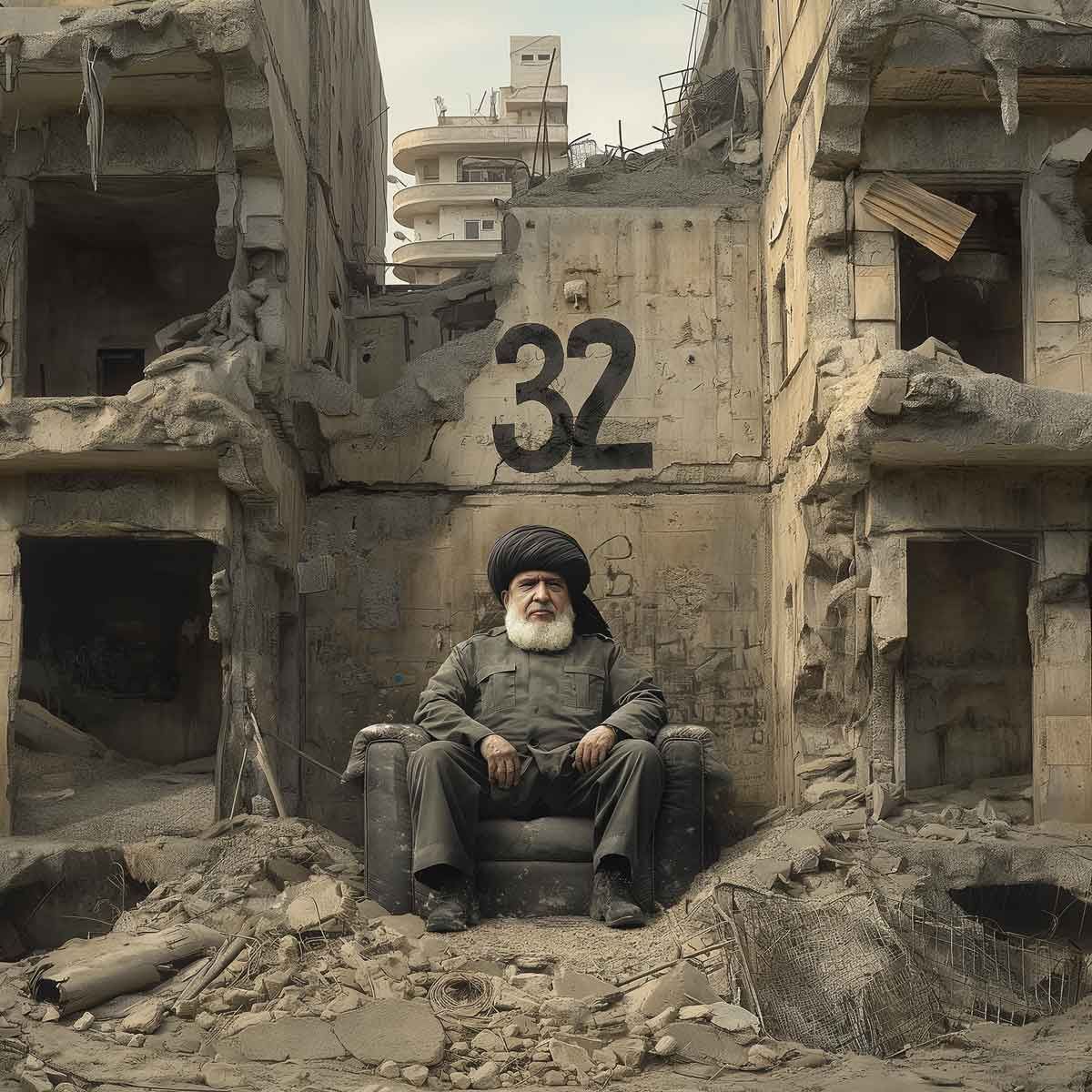
In a significant development on Saturday, September 28, the Israel Defense Forces (IDF) confirmed the elimination of Hassan Nasrallah, the leader of Hezbollah, an Iran-backed terror organization. Nasrallah, who had long been a prominent figure in the Iran-backed resistance, was reportedly killed in a targeted strike carried out by Israel in Lebanon. This operation marks a substantial blow to Hezbollah and Iran’s regional influence, particularly in Lebanon, where Hezbollah has maintained a strong presence.
|
|
The elimination of Nasrallah has sent shockwaves through the region, leading to swift reactions from Iran. In a concerning move, Ayatollah Khamenei, Iran’s Supreme Leader, has gone into hiding, with reports indicating that the action was taken to prevent a similar strike against him by Israel. This shift in strategy by Iran highlights the gravity of the situation and the extent of the threat posed by Israel's military capabilities.
According to a Reuters report, Iran had been in constant communication with Lebanon’s Hezbollah and other proxy groups supported by Iran across the region. The goal of these discussions was to assess their next steps following Israel's announcement of the elimination of Hezbollah chief Nasrallah in a strike on south Beirut. This communication underscores the strong ties between Iran and its proxies, demonstrating Iran’s heavy reliance on groups like Hezbollah to further its agenda in the Middle East.
In response to Nasrallah's killing, Iran's Supreme Leader Ayatollah Ali Khamenei has been moved to a safer location within the country. Security around Khamenei has been significantly heightened, as there is growing fear that he could be the next target. This development reveals the precarious position Iran’s leadership finds itself in, as it attempts to safeguard its top figures from potential Israeli retaliation.
|
Meanwhile, Israel has not backed down from its stance against Iran and its allies. Lieutenant General Herzi Halevi, Israel’s army chief, issued a stern warning, vowing to "reach" anyone who poses a threat to Israeli citizens. This statement reinforces Israel’s resolve in neutralizing threats from organizations and individuals that seek to harm its people. The Ayatollah, known for his vocal opposition to Israel, has long been a figurehead of anti-Israel sentiment, consistently advocating for the destruction of the Jewish state. This, in turn, makes him a high-priority target in the eyes of Israeli authorities, particularly in light of the elimination of Nasrallah.
Earlier, in response to provocations by Hezbollah, Israel launched a direct strike on the terror group’s central headquarters located in the southern suburbs of Beirut. This aggressive move by Israel led to the elimination of one of Hezbollah's most prominent figures, its co-founder and current chief, Hassan Nasrallah. The elimination of Nasrallah represents a major victory for Israel, dealing a significant blow to Hezbollah, which has long been a thorn in Israel’s side due to its continuous acts of aggression.
According to media reports, the strike did not only target Nasrallah. It also resulted in the deaths of other key individuals closely associated with Hezbollah. Nasrallah’s daughter, Zainab Nasrallah, was killed in the same attack, alongside Hezbollah’s missile unit commander Muhammad Ali Ismail and his deputy, Hossein Ahmed Ismail. The elimination of these critical figures has likely shaken the operational core of Hezbollah, significantly disrupting the organization’s activities, particularly in terms of its missile capabilities.
The conflict between Israel and Hezbollah has been an ongoing one for years, often defined by periodic escalations of violence and counterattacks. However, recent tensions have taken on a new dimension, with the October 7 terror attack carried out by Hamas in Israel serving as a catalyst for further conflict. This attack, which was supported by Iran-backed Hezbollah, has fueled an even deeper level of animosity between Israel and Hezbollah, bringing the two sides to the brink of a wider conflict.
The continued hostility between Israel and Hezbollah is well-known, but the support from Hezbollah for Hamas’ October 7 terror attack has only escalated the situation further. As both sides continue to bolster their positions, the region remains on edge, with the potential for further violence looming large.
|
Operation New Order: Hezbollah Confirms the Death of Its Chief Hassan Nasrallah in Israeli Airstrike, Several Top Leaders of the Group Killed, and Its Missiles Destroyed by Bunker Buster Bombs
The Lebanon-based militant group Hezbollah has confirmed the death of its leader, Sayyed Hassan Nasrallah, following an Israeli airstrike in Beirut. This official confirmation from Hezbollah came shortly after Israel had announced Nasrallah’s elimination in its ongoing military campaign against the group in Lebanon. The loss of Nasrallah, a central figure for over 30 years, marks a major turning point for Hezbollah, significantly impacting its leadership structure.
In a statement released by Hezbollah, the group mourned its leader, stating: “Sayyed Hassan Nasrallah, Secretary General of Hezbollah, has joined his great, immortal martyr comrades whom he led for about 30 years.” This somber announcement highlights the deep connection Nasrallah had with Hezbollah’s leadership, emphasizing his role in guiding the group for three decades. Despite the loss, Hezbollah has made it clear that they will not be backing down. The group vowed to continue its fight against Israel, adding, “in support of Gaza and Palestine, and in defence of Lebanon and its steadfast and honourable people.”
The death of Nasrallah has also garnered attention from other militant groups, particularly from Gaza-based Hamas, who expressed their condolences. In a message shared on Telegram, Hamas stated, “We mourn with deep patience and respect for the honourable Sayyid Hassan Nasrallah and his brothers.” The group further paid tribute to Nasrallah, acknowledging his commitment to the Palestinian cause. “We recall his life’s journey, filled with sacrifices for the liberation of Jerusalem and the blessed Al-Aqsa Mosque, and honour his steadfast positions.” Hamas noted that Nasrallah’s unwavering support for the Palestinian people and their resistance continues to serve as an inspiration, highlighting his dedication to “remaining at the heroic forefront.”
|
Meanwhile, Israeli forces have confirmed that the airstrike not only took the life of Sayyed Hassan Nasrallah, but also led to the deaths of several other top Hezbollah leaders. The Israel Defense Forces (IDF) reported that the commander of Hezbollah’s Southern Front, Ali Karaki, was among those killed in the strike, alongside other senior commanders within the group. This strike, which targeted Hezbollah’s headquarters, marks a significant blow to the organization, further weakening its leadership structure and operational capabilities.
As per a widely shared infographic, which was also distributed by the Israel Defense Forces (IDF), Hezbollah has suffered devastating losses in its top leadership following recent Israeli military operations. The infographic reveals that apart from Abu Ali Rida, the Commander of the “Bader” Unit, ten top leaders of Hezbollah have been eliminated. This includes four second-in-command leaders and five third-in-command leaders, in addition to their chief, Hassan Nasrallah. The loss of so many key figures represents a critical blow to the organization's command structure and ability to coordinate future operations.
The latest Israeli military offensive, titled "Operation New Order," specifically targeted Hezbollah's underground bunkers located in Beirut’s southern suburb of Dahiyeh. This area has long been a Hezbollah stronghold, with many of the group’s headquarters situated beneath residential buildings to avoid detection. During the operation, Hezbollah’s top leadership had reportedly gathered there to devise plans for attacks against Israel, as tensions have continued to escalate along the Israel-Lebanon border.
In executing Operation New Order, Israeli forces used dozens of bunker-buster bombs, which are designed to penetrate deep into the ground before detonating. According to media reports, approximately 85 bunker-buster bombs were deployed in the operation, also known as "ground penetration munitions". These highly specialized bombs are engineered to destroy underground facilities, including heavily reinforced concrete bunkers. The bombs burrow deep into the earth and then explode, obliterating any underground structures in their path.
|
The operation was carried out using American F-15 fighter jets from the Israeli Air Force, as shown in a video released by an IDF spokesperson. The footage confirmed the involvement of American-made GBU-28 bunker buster bombs, some of which had been sold to Israel. These bombs have the capability to penetrate up to six meters of concrete, making them ideal for targeting Hezbollah’s underground facilities. In addition to the GBU-28, Israel also employed MPR-500 bombs, which are manufactured by the Israeli defense company Elbit.
Israel’s military success in this operation was largely attributed to accurate and "real-time intelligence," according to Israel Army spokesperson Lt. Col. Nadav Shoshani. Shoshani confirmed that Israel had been tracking Nasrallah for years and had been monitoring his movements closely. The airstrike was based on intelligence that pinpointed Nasrallah’s location at the Hezbollah headquarters in Beirut. The meticulous planning and execution of this airstrike underline Israel's resolve to neutralize Hezbollah’s leadership and its ability to wage attacks against the Israeli state.
The spokesperson from the Israeli military emphasized that, despite the heavy losses in senior leadership, Hezbollah's arsenal remains intact, and Israel will continue its efforts to dismantle the group’s military capabilities. He made it clear that "This isn't a threat that has gone away," indicating that the conflict is far from over. The spokesperson added that it is highly likely that Hezbollah will retaliate, given the elimination of their key leaders and the damage inflicted on their infrastructure.
Following the assassination of Hassan Nasrallah, IDF Chief of Staff Lt. Gen Herzi Halevi reaffirmed Israel's commitment to defending its citizens, stating that Israel will pursue anyone who poses a threat to the country. His message was clear and resolute: “This is not the end of the tools in the toolbox. The message is simple, to anyone who threatens the citizens of the State of Israel, we will know how to get to them.” This declaration reflects Israel's ongoing stance that it will not allow threats to its national security to go unanswered.
|
|
In the aftermath of Friday's airstrikes, Israel conducted further operations on Saturday, targeting several buildings after issuing warnings to residents to evacuate the area. According to the Israeli military, these buildings were being used by Hezbollah to store anti-ship missiles, which posed a significant threat to Israel’s security. The IDF's careful approach in warning civilians before the strikes demonstrates their attempt to minimize harm to innocent lives, despite Hezbollah's tactic of hiding weapons in civilian areas.
Before launching these additional strikes, IDF Spokesman Rear Adm. Daniel Hagari stated that Israel would now be targeting Hezbollah's strategic weapons that were hidden beneath residential buildings. He noted, “We will now reveal how Hezbollah places strategic weapons under civilian buildings in the heart of the Dahiyeh. These missiles are a real threat to world shipping lanes and strategic facilities of the State of Israel. In a short while, we will attack the weapons under the buildings. The intensity of the explosion of the weapons under the buildings will lead to damage to the buildings and could lead to their collapse.” This statement reveals the calculated nature of Israel's military operations, aimed at neutralizing Hezbollah’s capabilities while exposing their use of civilian infrastructure for military purposes.
After providing civilians sufficient time to evacuate, the Israeli Air Force struck the buildings where Hezbollah had been storing anti-ship missiles, along with several other Hezbollah sites in Beirut’s southern suburbs. According to the IDF, the strikes successfully destroyed six warehouses that were being used to store and maintain these coast-to-sea missiles. This operation led to the destruction of dozens of these dangerous missiles, significantly reducing Hezbollah’s ability to threaten Israel’s strategic assets.
In a video message, IDF Spokesman Daniel Hagari addressed the legitimacy of targeting Hezbollah's leaders under international law. He stated that Hassan Nasrallah and other Hezbollah leaders were legitimate military targets, explaining that "Nasrallah intentionally built Hezbollah’s central headquarters under residential buildings in Dahiya, Beirut—because Hezbollah intentionally uses Lebanese civilians as human shields." He contrasted Hezbollah’s tactics with Israel’s approach, saying, “While Hezbollah seeks to maximize civilian harm, Israel seeks to minimize it.” This highlights the ongoing struggle between Israel's efforts to protect its citizens and Hezbollah’s use of civilian areas to hide military assets.
Through Operation New Order, Israel has not only targeted Hezbollah's leadership but also crippled their military capabilities, dealing a severe blow to the organization. As the region remains tense, Israel has signaled that it will continue to act decisively against any threats posed by Hezbollah or any other groups seeking to harm its citizens.
 |
 Support Us
Support Us
Satyagraha was born from the heart of our land, with an undying aim to unveil the true essence of Bharat. It seeks to illuminate the hidden tales of our valiant freedom fighters and the rich chronicles that haven't yet sung their complete melody in the mainstream.
While platforms like NDTV and 'The Wire' effortlessly garner funds under the banner of safeguarding democracy, we at Satyagraha walk a different path. Our strength and resonance come from you. In this journey to weave a stronger Bharat, every little contribution amplifies our voice. Let's come together, contribute as you can, and champion the true spirit of our nation.
 |  |  |
| ICICI Bank of Satyaagrah | Razorpay Bank of Satyaagrah | PayPal Bank of Satyaagrah - For International Payments |
If all above doesn't work, then try the LINK below:
Please share the article on other platforms
DISCLAIMER: The author is solely responsible for the views expressed in this article. The author carries the responsibility for citing and/or licensing of images utilized within the text. The website also frequently uses non-commercial images for representational purposes only in line with the article. We are not responsible for the authenticity of such images. If some images have a copyright issue, we request the person/entity to contact us at satyaagrahindia@gmail.com and we will take the necessary actions to resolve the issue.
Related Articles
- "War unchosen, the outcome unforeseen; Israel stands firm": Iran-backed Houthis in Yemen escalate conflict by declaring war on Israel, launching missiles and drones at Eilat, prompting a robust response from the IDF with advanced interception technology
- "Nefarious Design Unearthed": Israeli President Isaac Herzog claims that it was Iran who orchestrated Oct 7 Hamas attacks to derail India-Middle East-Europe Economic Corridor as it is paving the way for Israel's inclusion in the region and peace process
- As the Israel-Hamas war looms large, all eyes pivot to Hezbollah's potential influence, despite Israel's preference for peace, US takes no chances, bolstering its military presence to counteract Iran and its proxies, marking a tense geopolitical standoff
- "Behind every shield, a heart still beats": As the Hamas-Israel conflict intensifies, innocent Israeli babies confront horrors beyond imagination, amidst fragile diplomatic efforts, these souls are caught in a war's crossfire, bearing heart-wrenching toll
- "Starving with every breath, yet waging war unto death": War-ravaged Yemen, where millions of Muslims face starvation, the Houthis choose war, firing missiles over 1000 miles to support Hamas against Israel, sidelining nation's humanitarian catastrophe
- In the alarming aftermath of Oct 7th attack, Israel uncovers Hamas terrorists carrying cyanide bomb directives, as a decisive countermeasure, the nation launches 'Nili' unit, staunchly committed to tracking and neutralizing the culprits behind such terror
- "Hamas rockets: missing Israel, finding Gaza": Evidence mounts towards a tragic revelation, Hamas in an alarming misjudgment, had inadvertently launched a rocket that grievously impacted Gaza's very own Al-Ahli al-Arabi Hospital, inflicting its own people
- Europe stands at a crossroads as its influential nations re-evaluate Palestinian aid amidst the intense Israel-Hamas conflict, with lives hanging in the balance & the EU's diplomatic weight in play, the unfolding narrative could reshape global geopolitics
- "Unbreakable Resolve": Inbal Rabin-Lieberman spearheaded defense saving Kibbutz Nir Am, Avital Aladjem narrowly escaped Hamas, while an Israeli grandmother's demise broadcasted live, meanwhile German tourist, Shani Louk, faced unspeakable horrors
- "Foul Zenith": In a chilling strategy, Hamas holds Gaza captive, using residents as shields, as the conflict rages, 50000 pregnant women put forth for emotional leverage; meanwhile leaked plans unveil Hamas's intent to maximize innocent Israeli casualties
- "Red Lines": King Abdullah II stands firm in shielding Jordan from the refugee influx, reflecting a consensus among all 57 Muslim-majority nations, yet, perplexingly, Indian leftists clamor in support of Hamas, neglecting broader geopolitical realities
- "Mecca's Resolve: Preserving Purity" - Saudi Arabia escalates its crackdown in Mecca and Medina, escorting Muslims to off-site locations; they're interrogated for activism about Palestine and Gaza, starkly portraying the cost of activism in sacred spaces
- In the aftermath of the deadly Hamas-Israel conflict, Congress extends an olive branch to the Palestinians, did Rahul's political compass guide this, or was it an astral misalignment? Even the UAE, a Muslim-majority country, finds reason to condemn Hamas
- "Condemn terror, champion peace": India denounces Hamas terrorism while supporting Palestinians civilians, advocates for a balanced two-state resolution, and engages in proactive Middle East diplomacy to ensure lasting regional peace and security
- American media house CBS downplays the horrific reality of ISIS crimes, claiming a Yazidi woman was merely ‘stranded’ in Gaza, despite being trafficked by ISIS, held captive by Hamas terrorists, forcefully married, and turned into a sex slave for 10 years





